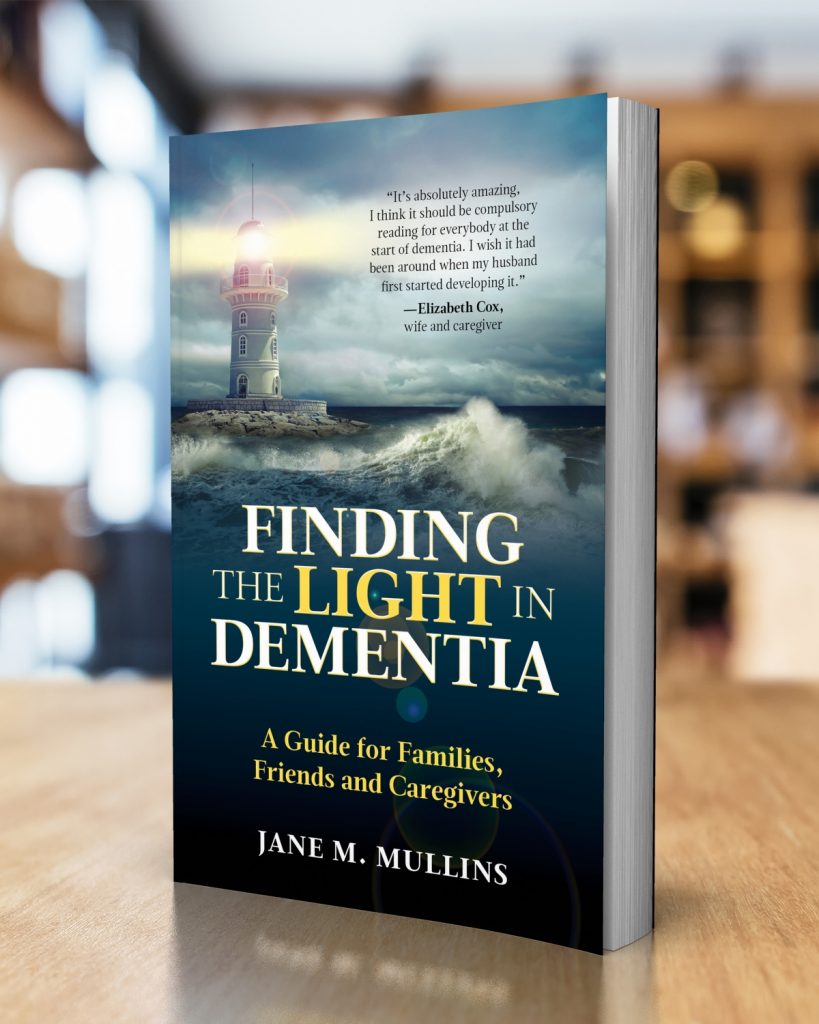 Creating a Calm, Safe Place
Creating a Calm, Safe Place
People living with dementia often fare best in surroundings that are familiar to them. The home environment can provide a sense of security and with that, can help you to maintain a feeling of confidence in yourself and your loved one. By following the advice in Finding the Light in Dementia, you may decrease the risk of falls, confusion and improve food intake by creating a place of calmness.
Florence Nightingale wrote about the environment for healing and caring
A light, airy environment with a good view can help contribute towards a sense of calm and wellbeing.
It is important also, to get outdoors and socialise as much as possible too, for yourself and your loved one. Don’t forget to involve any family and friends and let them read these blogs too.
When at home, there may be a few things to consider that may help. Bearing in mind that often people living with dementia may have difficulty with their eyesight, whether it is failing sight or the dementia that may affect how a person sees and perceives their world. They may struggle to work out where things are in relation to themselves such as a mug or a chair. Can you imagine how that must feel? everything can start to look topsy turvey, background and foreground can be muddled and some people may see the plate in front of them but not see what is on the plate!
Make sure your home is light, making full use of natural light try and avoid shadows, patterned carpets and wallpaper that may be seen as objects or holes. Where you have a difference between flooring, your loved one may see it as a step, so be aware that they may feel the need to step up over a line between carpets and flooring.
Try and clear clutter and make distinctions between walls and floors. I have some experience of this personally, when at the opticians one day my glasses were taken from me (I am extremely short sighted!) and I was asked to sit in the chair. I nearly fell on the floor! because the chairs and the floor were the same colour, I couldn’t distinguish between what was floor and what was the chair. This can often be the case for the person who has dementia who may see things differently.
How the person who has dementia may be seeing their world
Sometimes where there are patterned carpets the person may think there is a hole in the floor and may be fearful of stepping into it. Remove rugs as they can be dangerous in the sense that they can often cause falls and shiny floors may be viewed as wet and slippery. Remember that what they are seeing is very real to them and is very different from what you may be seeing. The person with dementia may have difficulty recognising their own face in the mirror and become troubled by this, if this happens, fit a blind over the mirror, so that you can continue to use it for yourself and cover it up at other times.
People need more light as they age. Your loved one may also have difficulty distinguishing between light switches and the walls and toilet seats and the floors, it is a good idea to try and create a contrast of colours. For instance, if the light switch is white, the wall needs to have a colour so that it can be distinguished. If the toilet seat is a certain colour, avoid floor mats that blend with that colour. The same principle goes for food on their plates, if the food is the same colour as the plate it may be difficult to see the food. try and keep plates pattern free as sometimes those patterns can be confusing when trying to work out what is on the plate.
Try and create a calm environment through the use of natural light, open the curtains and if you have a nice view make the most of that. Relaxing music and plants can be helpful, the colour green is associated with calmness and healing.
How sounds can affect a person
People who have dementia have changes in their ability to process information around them and their attention is affected. Be aware that if there is background noise from a TV, computer or radio, you may be competing with it when trying to have a conversation. When speaking with your loved one, turn off all background noise to give them full opportunity to hear what you are saying (they may not always be able to understand the words that you are speaking – see chapter 2 Communicating from the heart ) and give them time to be able to gather their thoughts and speech too. They may just take a bit longer understanding what you are saying and then being able to repond.
Remember sometimes you need to stop doing and just be with your loved one maybe listening to music, looking though photographs or favourite films and remember to rest when they rest.
For more tips on how to create a calming home environment read Chapter 5 in Finding the Light in Dementia
If there comes a time when your loved one may move to residential care, these important aspects of environment should also be considered. Share these tips with the other professional caregivers and nurses.
 Creating a Calm, Safe Place
Creating a Calm, Safe Place
